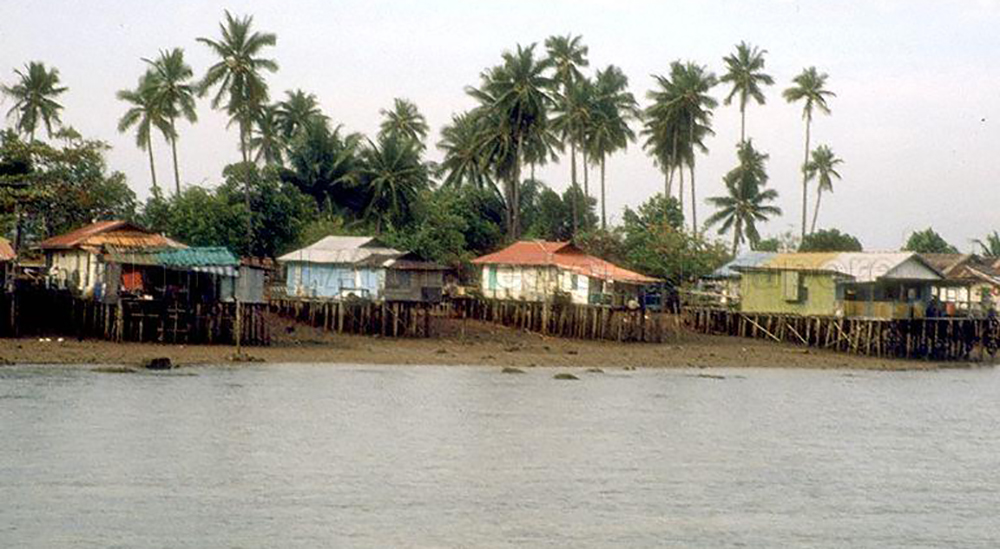Singapore is made up of 63 islands.
These include the usual suspects such as Pulau Ubin, St John's Island, and Sentosa, there are other smaller islands such as Pulau Seking, Pulau Buaya, and Pulau Pawai.
Singapore's islands part of wider region
Pre-1819 (that's the year Raffles arrived in Singapore), Singapore's islands were geographically and ethnologically considered part of the Johor/ Riau/ Sumatra region.
The people who lived on these islands called themselves orang selat (people of the Strait) or orang laut (people of the sea).
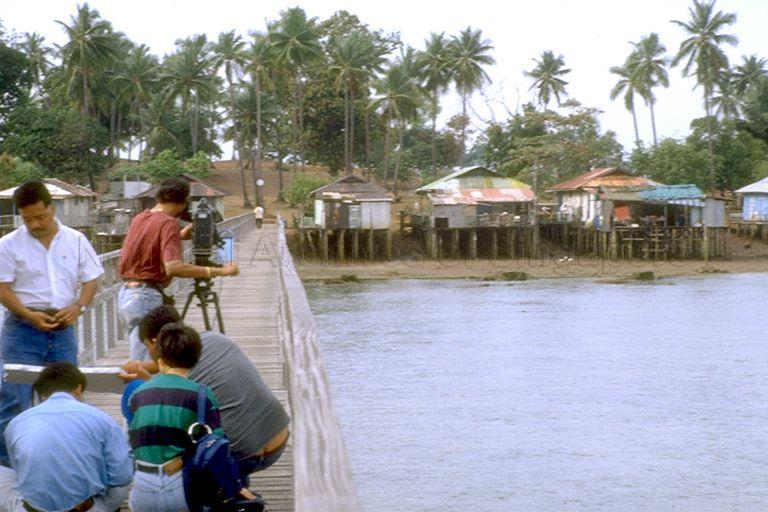 Pulau Seking. Via NAS.
Pulau Seking. Via NAS.
These were indigenous people, the original people of the land.
They lived in little communities overseen by a penghulu (village chief) and were pretty much self-sustaining with amenities such as schools. Many fished or built boats for a living.
"I am very sad to leave this island. Here, from my house, I look out and see a wide horizon where the sea meets the sky. Where I am going, I will no longer wake up every day to this vast view."
- Woman who was leaving Pulau Seking.
Pulau Seking
Field studies done by Vivienne Wee, Geoffrey Benjamin, and Normala Manap in the 1970s and 1980s provided the information below on Pulau Seking.
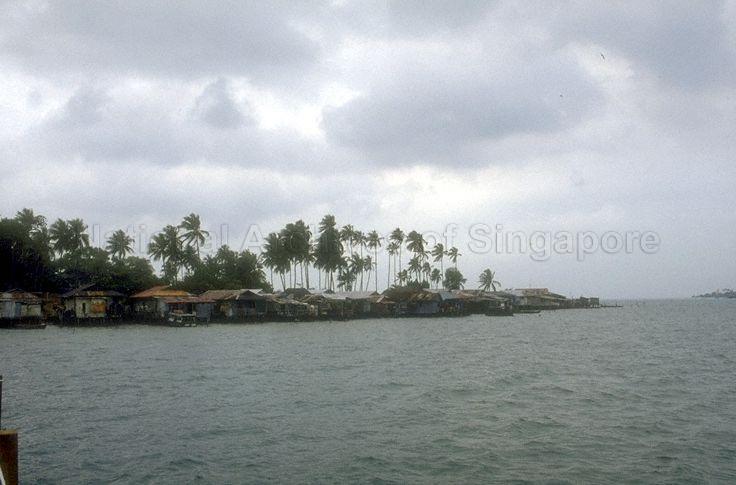 Pulau Seking. Via NAS.
Pulau Seking. Via NAS.
Archaeological finds dating back to the 14th century and earlier have been found on Pulau Seking, confirming the presence of orang selat on the island before the arrival of the British.
In 1848, there were about 30 islanders living on Pulau Seking. By 1955, the population was 780.
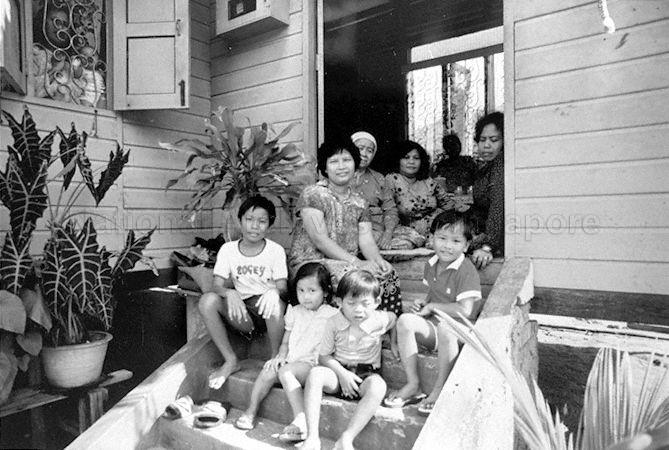 A family on Pulau Seking. Via NAS.
A family on Pulau Seking. Via NAS.
When Pulau Bukom was turned into a petrochemical facility in 1961, the influx of residents who move to Pulau Seking pushed up the population number to 1,600.
Pulau Seking was divided into four main residential areas.
- Kampong Tengah (Middle Village): The main village, situated on the north coast. There were people living in this village before Raffles arrived.
- Tanjong Berkat (Blessed Cape): Situated on the eastern side, this cape was home to the settlers who moved from Pulau Bukom when it became a petrochemical facility.
- Tanjong Cina (Chinese Cape): The name of this area was derived from the presence of several Chinese graves found here.
- Sebelah Sebong (Sebong Side): Located in the south were a collection of houses belonging to people who descended from orang laut who came from Sebong, Riau.
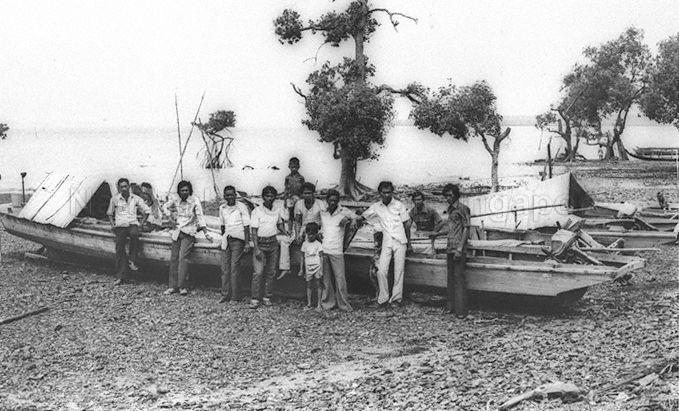 Family on Pulau Seking. Via NAS.
Family on Pulau Seking. Via NAS.
[related_story]
Goats caused erosion on island
Pulau Seking was known to be covered in coconut trees and mangrove swamps.
According to the residents on the island, some goats were brought over some time back and they started to eat the vegetation. Goats were said to be one of the contributing factors to the erosion of the soil, leading to drying up of village wells.
To get fresh water, the residents of Pulau Seking had to travel by boat to Pulau Bukom where they could get water free-of-charge from a tap on the jetty.
"On the island, we were more free. We are not free here (on the mainland)."
- Teo Yen Teck, owner of a provision shop on Pulau Seking.
 Unloading fresh water from boats to Pulau Seking. Via NAS.
Unloading fresh water from boats to Pulau Seking. Via NAS.
Relocation
Unfortunately, all good things come to an end.
As Singapore developed herself, the residents on the southern islands had to leave their homes as the authorities took back land for other uses.
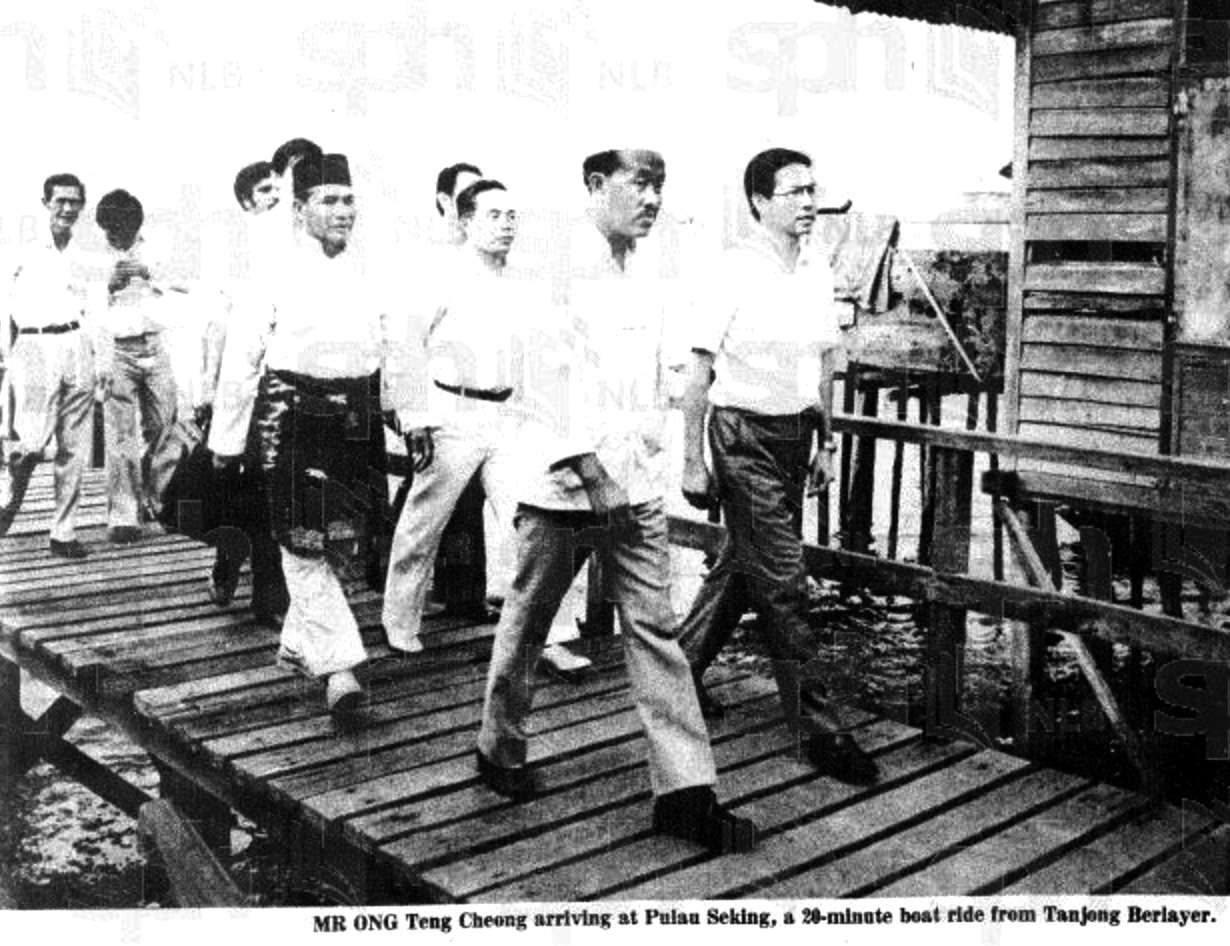 Then Minister for Communications and Labour Ong Teng Cheong meeting residents of Pulau Seking to discuss relocation issues. Via NewspaperSG.
Then Minister for Communications and Labour Ong Teng Cheong meeting residents of Pulau Seking to discuss relocation issues. Via NewspaperSG.
Aside from the development of Pulau Bukom, Pulau Sudong was developed into a military live-firing area while Pulau Seking was combined with Pulau Semakau to form a gigantic landfill, built by Jurong Town Corporation (JTC).
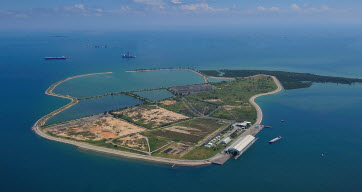 Pulau Semakau landfill. Via NEA.
Pulau Semakau landfill. Via NEA.
Pulau Seking's settlement was demolished in 1993. By 1994, the last resident of Pulau Seking had been relocated to the mainland.
 Via NewspaperSG.
Via NewspaperSG.
Find out more about island life from the descendants of a village chief on Pulau Seking in the video below:
Top image via NAS
If you like what you read, follow us on Facebook, Instagram, Twitter and Telegram to get the latest updates.
